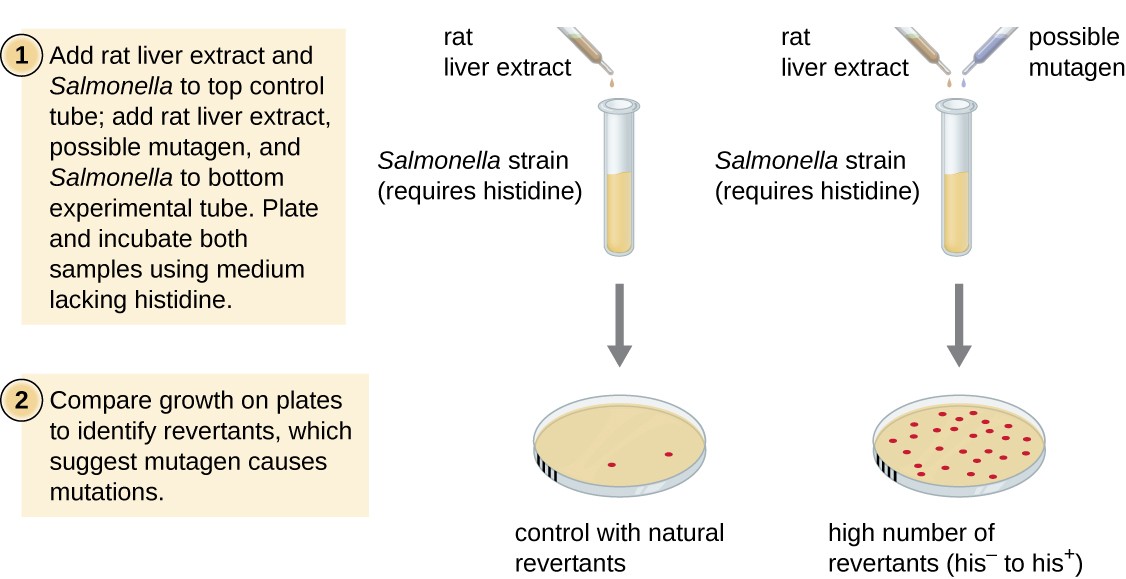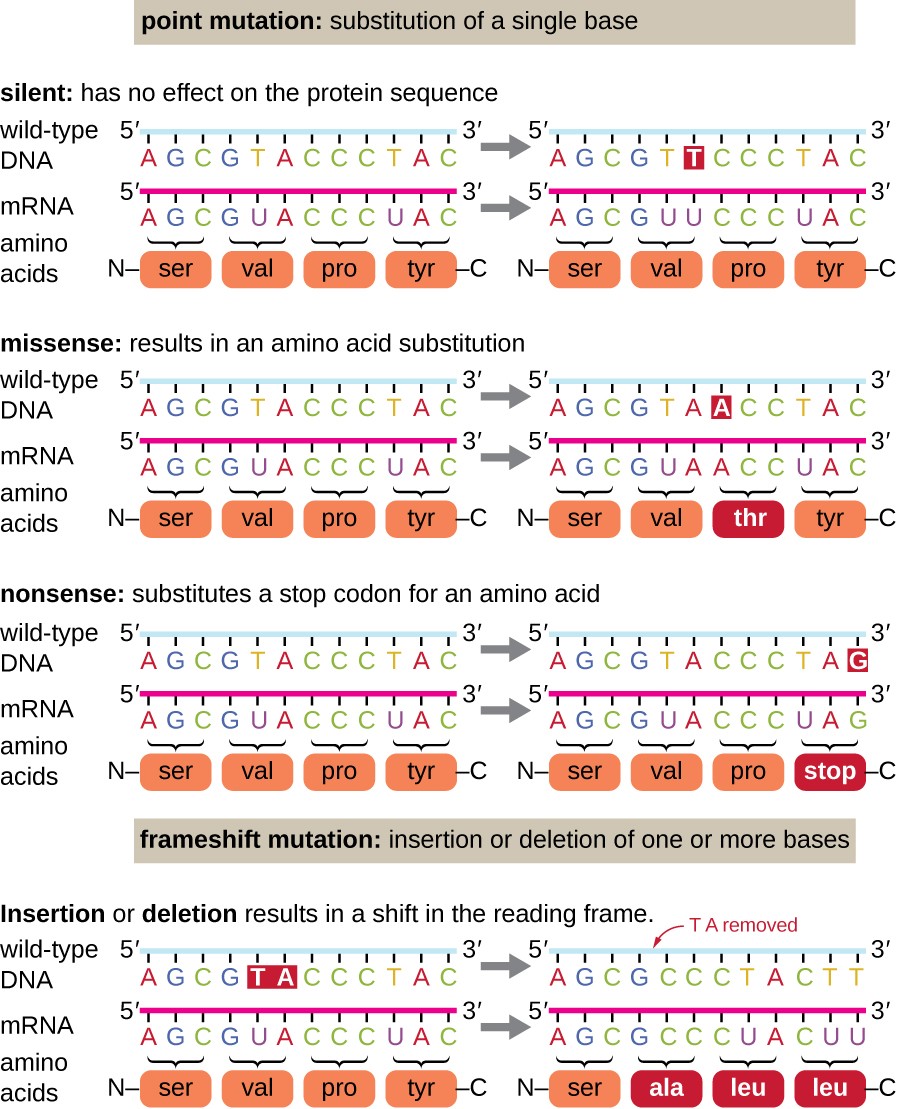The uninfected bacterium is indistinguishable from wild type at both 30 0c and 424 0c. The technique was developed by joshua and esther lederberg in 1952 for providing the direct evidence for the existence of pre existing mutations.
how can you easily identify bacterial nutritional mutants
how can you easily identify bacterial nutritional mutants is a summary of the best information with HD images sourced from all the most popular websites in the world. You can access all contents by clicking the download button. If want a higher resolution you can find it on Google Images.
Note: Copyright of all images in how can you easily identify bacterial nutritional mutants content depends on the source site. We hope you do not use it for commercial purposes.
The animal mitochondrion has a bacterial origin and depends on vitamins and other biochemicals produced by bacteria.
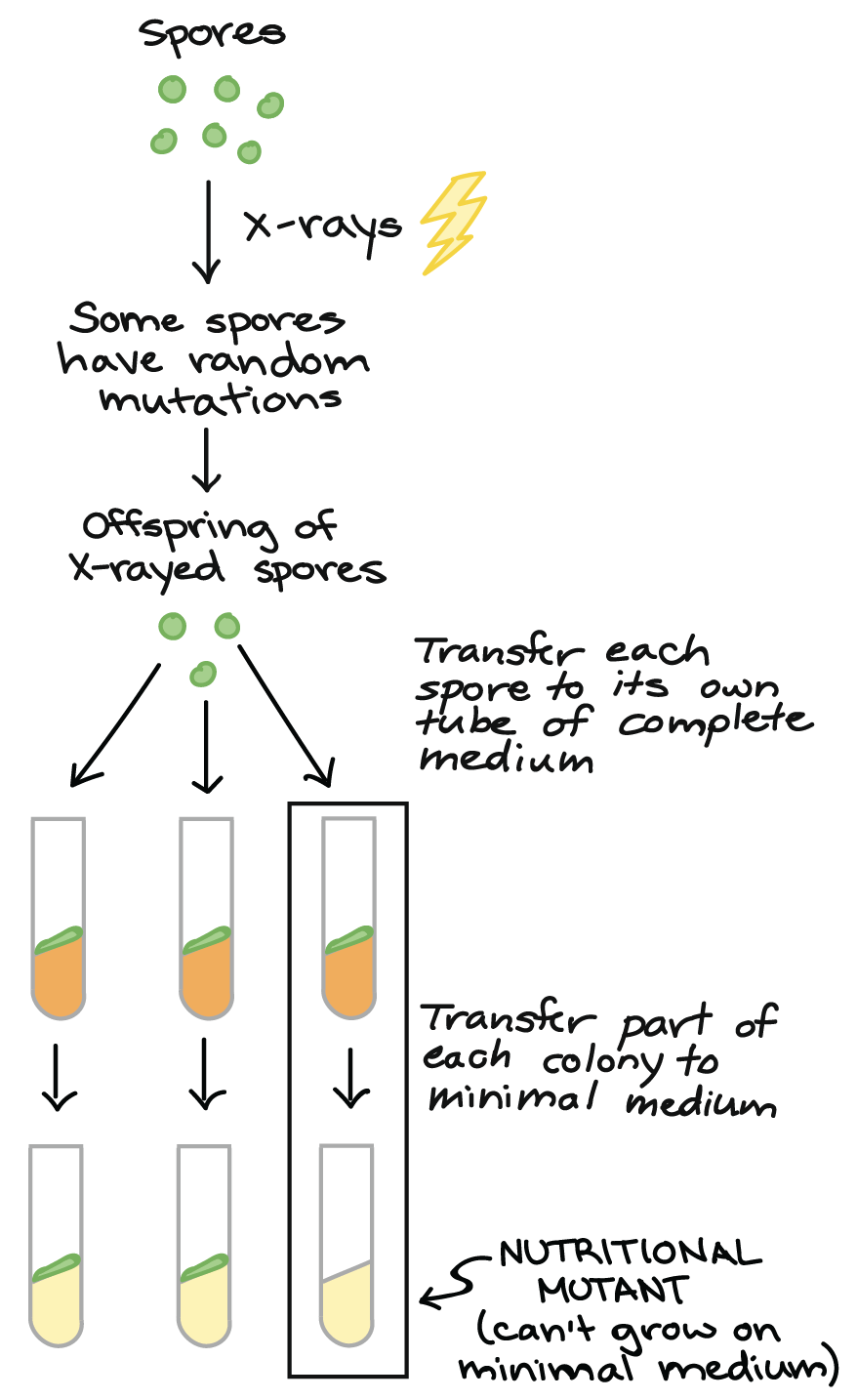
How can you easily identify bacterial nutritional mutants. This chapter presents basic bacterial genetic techniques that can be easily employed in almost any biochemistry laboratory. To identify bacterial genetic determinants of microbiota responsive host traits we employed a metagenome wide association mgwa approach in two steps. Both mutants are linked to pura and may identify a single new bacterial gene tabb.
The microbial world consists of a wide variety of different types or classes of microbial agents potentially present in water. Four of these e. The barcode tagged open reading frame orf haploid deletion mutant collections in the budding yeast saccharomyces cerevisiae and the fission yeast schizosaccharomyces pombe allow for high throughput mutant phenotyping because the relative growth of mutants in a population can be determined by.
To study how a transposon inserts into your bacterial genome to identify non essential genes. Because a phage can carry up to 50 kb of dna it is possible to clone very large fragments into these vectors and easily get them into e. Coli mutations that disrupt mitochondrial function.
The name endospore is suggestive of a spore or seed like form endo means within but it is not a true spore ie not an offspringit is a stripped down dormant form to which the bacterium can reduce itself. What are bacterial nutritional mutants or auxotrophs. These compounds are tested for their ability to satisfy the nutritional requirements of mutants.
This technique isolates both nutritional mutants and antibiotic resistant mutants. The recognition identification prioritization and characterization of microbial pathogens in drinking water should be risk based and should consider the relationships and interactions of the microbes their hosts and the environment. Because a phage can carry up to 50 kb of dna it is possible to clone very large fragments into these vectors and easily get them into e.
Coli mutations that. This can be accomplished by a replica plating technique. Barcodes are unique dna sequence tags that can be used to specifically label individual mutants.
An endospore is a dormant tough and non reproductive structure produced by some bacteria in the phylum firmicutes. They identify where both strands of the dna double helix should be cut. First we measured two microbiota responsive host traits development time and triglyceride tag content in drosophila melanogaster flies monoassociated with each of 41 bacterial strains.
What are bacterial nutritional mutants or auxotrophs. In a genetic search for mitochondrial biochemical dependencies when the animal caenorhabditis elegans is feeding on escherichia coli as its sole nutritional source we identified 45 e. Genetic techniques in studies of bacterial metabolism by j r.
We describe two mutants tabb 212 and tabb 127 of escherichia coli k12 in which t even phage production is temperature sensitive.
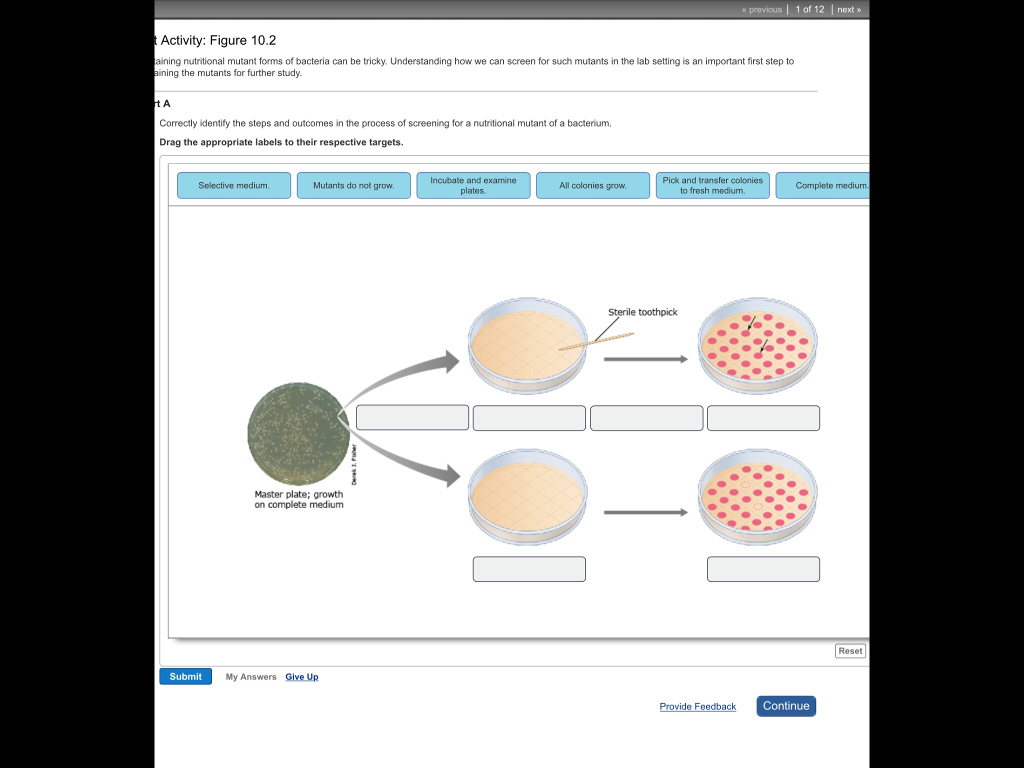 Solved Previous 1 Of 12 Next Activity Figure 10 2 Ain
Solved Previous 1 Of 12 Next Activity Figure 10 2 Ain
4 Methods To Detect And Isolate Mutants Genetics
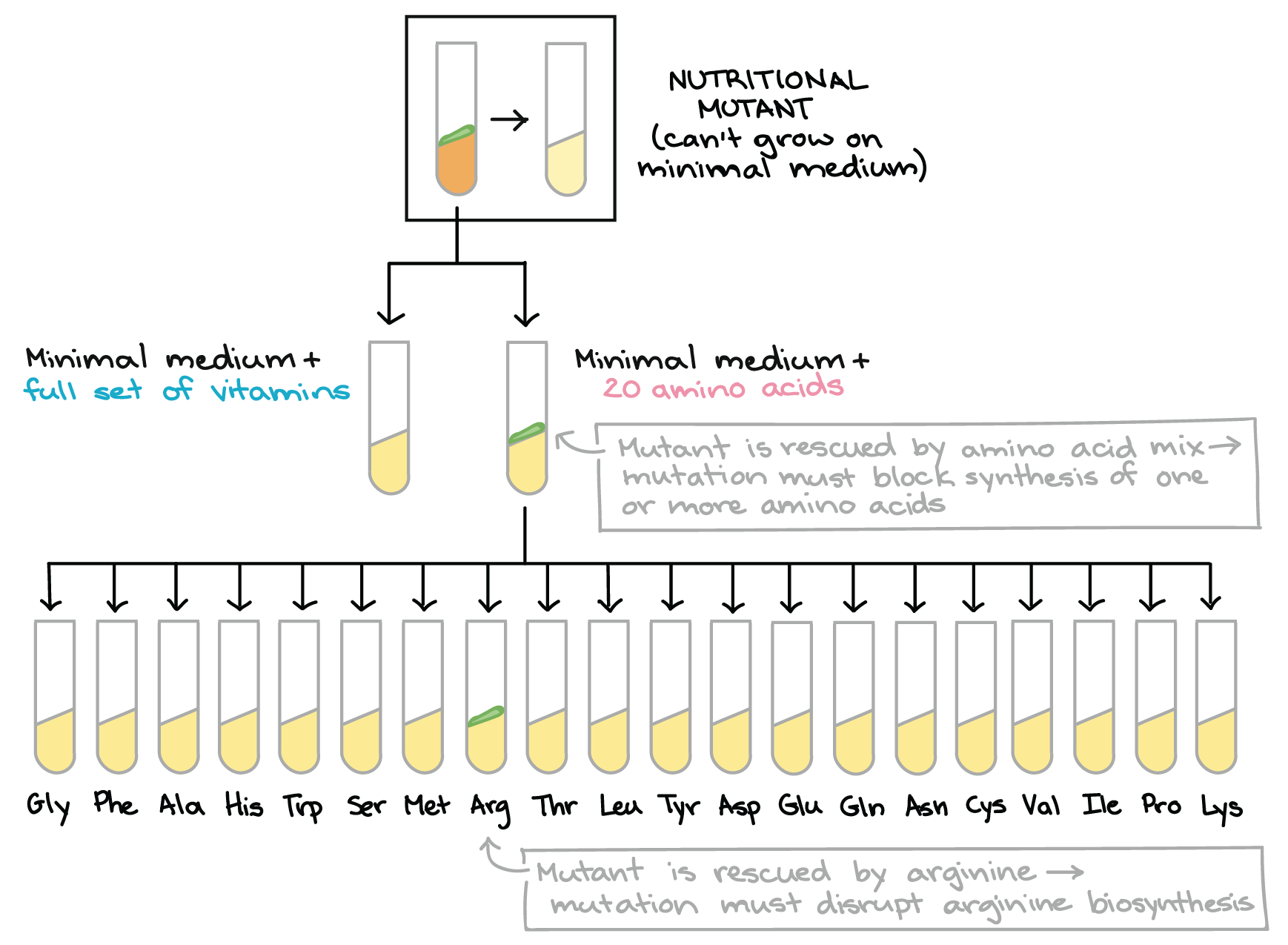 One Gene One Enzyme Beadle And Tatum Article Khan Academy
One Gene One Enzyme Beadle And Tatum Article Khan Academy
 One Gene One Enzyme Beadle And Tatum Article Khan Academy
One Gene One Enzyme Beadle And Tatum Article Khan Academy
 The Ames Test Or Bacterial Reverse Mutation Test Eurofins Scientific
The Ames Test Or Bacterial Reverse Mutation Test Eurofins Scientific
Isolation Of Microbial Mutants 4 Techniques Microbiology


